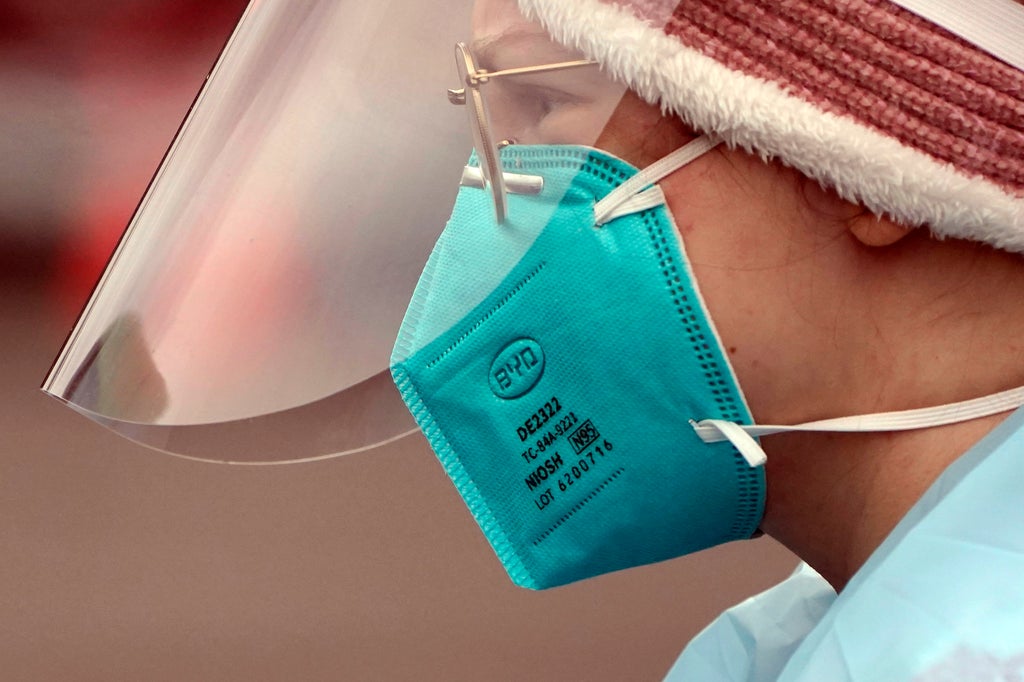
As the US fights to slow the spread of Covid-19’s Omicron variant, reports have surfaced that the Centers for Disease Control and Prevention (CDC) is considering recommending that those who can should wear a higher standard of mask when in public – specifically the KN95 and N95 masks that have been in high demand for the last two years.
The Washington Post quotes an unnamed official saying that “the agency is currently actively looking to update its recommendations for KN95 and N95 in light of Omicron”, explaining: “we know these masks provide better filtration”.
The news comes as surging case numbers put pressure on the CDC and Biden administration to adjust their Covid-19 strategy on a number of fronts, from home test provision to isolation requirements to vaccine mandates. But the politics of masking remain particularly live, and the question of which masks provide the best protection has been a factor since the pandemic took off in earnest.
So why is the CDC under pressure to recommend these masks in particular? Why are they better than the cloth masks the overwhelming majority of people rely on – and given they’re relatively expensive and can sometimes be hard for Americans to get hold of, how can they be reused?
Why are they better?
Both N95 and KN95 masks work by fitting tightly to the face and filtering air using multiple layers of material designed to trap extremely small particles, something that common cloth or disposable masks cannot do nearly as reliably.
In the US, N95 respirator masks are the recommended high-standard face covering for healthcare workers. According to the CDC, regulator-approved N95s filter out up to 95 per cent of airborne particles if they are fitted to the face properly to form a tight seal. They can feel harder to breathe through than a standard mask, and are more expensive.
KN95s, meanwhile, are cheaper and more widely available. Before the pandemic, they were not approved for medical use in the US, but have been authorised as an alternative to N95s where necessary. They are, however, approved by various international standards, though the CDC cautions that many of those standards do not include specific quality requirements – and more importantly, that as many as 60 per cent of those available in the US are counterfeit.
How do you reuse them?
Under normal circumstances, according to CDC guidance, N95 masks ideally should not be reused. However, because of the problems with the supply of masks and other personal protective equipment that marked the first year of the pandemic, the agency issued guidance for their reuse where healthcare workers could not count on a steady supply of new disposable high-grade masks.
Research published in 2020 suggested that the best ways to reuse N95s included rotating several over the course of several days, heating them at 70 degrees Fahrenheit for an hour, and even steam cleaning or boiling them. Washing them with soap and water or alcohol, however, is not recommended.
This, though, refers to masks used by healthcare workers in high-risk settings. For the purposes of people using masks in everyday life who are able to follow other distancing precautions, experts have suggested a simpler method that works for both N95s and KN95s: leaving a used mask in a dry brown paper bag for one or two days, essentially drying the mask out while preventing any virus that remains on it from infecting anyone nearby.







